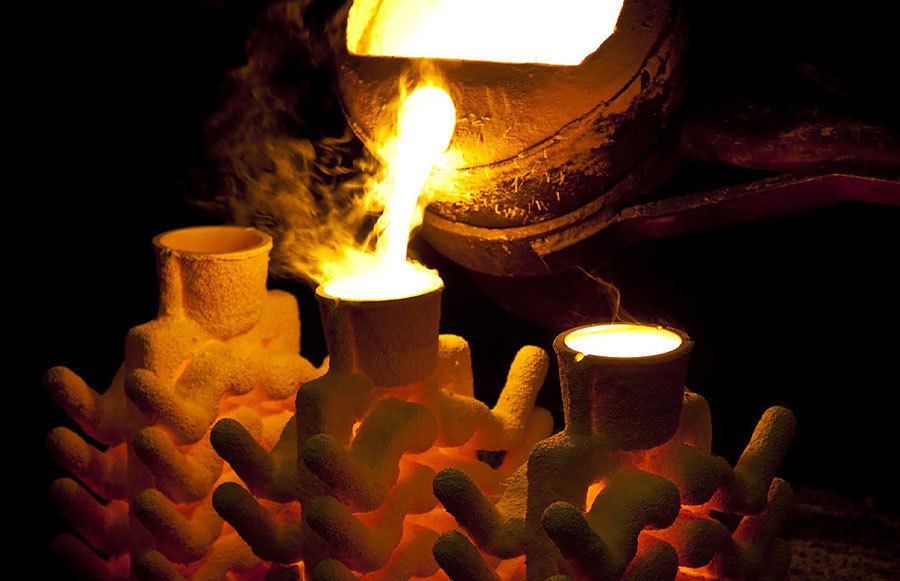Three special requirements of casting method for casting structure

1. investment castings:
1. Easy to manufacture wax mold
2. The holes and grooves on the castings should not be too small or too deep. The holes and grooves should not be too small or too deep, which is not conducive to the smooth filling of the corresponding holes in the investment mold during shell making and the formation of suitable cavities. At the same time, too deep holes and grooves also bring difficulties to the sand cleaning of castings. Generally, the hole diameter should be larger than 2mm (thin piece> 0.5mm). When the hole is through, the hole depth/hole diameter is <4-6, and when the hole is not through, the hole depth/hole diameter is <2. The groove width should be greater than 2mm, and the groove depth should not exceed 2-6 times of the groove width.
3. Reduce hot joints and strive for uniform wall thickness. Investment casting generally does not set risers separately, but uses thickened sprue as risers to directly feed castings. In line with this process, thin-walled structures should be used as much as possible, and the wall thickness distribution should be in line with the principle of directional solidification.
4. Avoid large flat plate structure. Due to the low high temperature strength of the molten shell, it is easy to deform, so when designing the casting structure, try to avoid large planes.
2. metal castings:
1. The shape and cavity of the casting should be as simple as possible, increase the structural slope of the casting as much as possible, and avoid using holes with too small diameter or too deep, so as to facilitate the extraction of the core and ensure the smooth removal of the casting.
2. The wall thickness of the casting should be uniform to prevent shrinkage and crack defects; At the same time, attention should be paid to the wall thickness not being too thin, and large horizontal walls should be avoided as much as possible to prevent defects such as pouring and cold isolation. For example, the minimum wall thickness of aluminum-silicon alloy castings is 2mm ~ 4mm, and the minimum wall thickness of aluminum-magnesium alloy is 3mm-5mm.
3. die casting parts:
1. Die casting should try to eliminate side concave and deep cavity.
2. Try to use thin-walled structure with uniform wall thickness. The suitable wall thickness of die castings is generally: zinc alloy 1mm-3mm, aluminum alloy 1.5 mm-5mm, copper alloy 2mm-5mm.
3. Die casting can use inserts, should give full play to the advantages of inserts, in order to produce complex parts, improve the local performance of die castings and simplify the assembly process. In order to make the connection of the insert in the casting reliable, the insert should be inserted into the casting part to make grooves, bosses or knurls, etc.
Key words:
Previous
Previous Page:
Next page:
Recommend News
Share To




